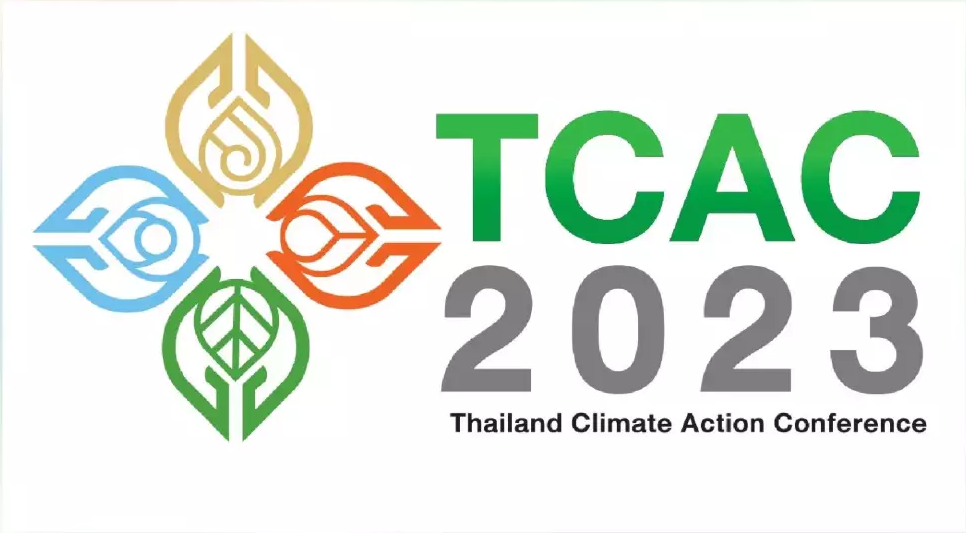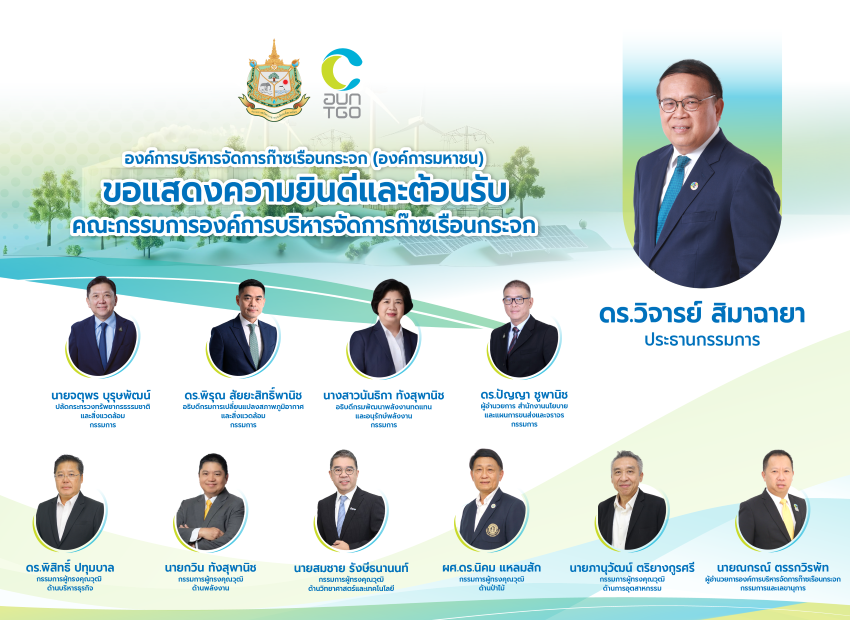ประเทศไทยได้เสนอแผนการลดการปล่อยก๊าซเรือนกระจก : สร้างแรงกระตุ้นต่อการดำเนินงานลดก๊าซเรือนกระจกที่เหมาะสมของประเทศ (NAMAs)
ประเทศไทยได้เสนอแผนการดำเนินการลดก๊าซเรือนกระจกที่เหมาะสมของประเทศ (Nationally Appropriate Mitigation Actions หรือ NAMAs) เพื่อลดการปล่อยก๊าซเรือนกระจกภายในประเทศให้ต่ำกว่าระดับการปล่อยในการดำเนินงานตามปกติ (Business as usual) ภายในปี พ.ศ. 2563 ซึ่งเป็นเครื่องมือหลักสำหรับประเทศกำลังพัฒนาในการมีส่วนร่วมรับผิดชอบแก้ไขปัญหาการเปลี่ยนแปลงสภาพภูมิอากาศ
เมื่อปี พ.ศ. 2552 ประเทศกำลังพัฒนามีข้อตกลงร่วมกันในการจัดทำการดำเนินการ NAMAs เพื่อที่จะมีส่วนร่วมกับประชาคมโลกในการลดการปล่อยก๊าซเรือนกระจกอย่างเร่งด่วน และได้มีการกำหนดแนวทางการดำเนินงาน NAMAs ไว้เป็น 2 แนวทาง คือ 1.การกำหนดเป้าหมายการลดก๊าซเรือนกระจกแบบภาพรวมระดับประเทศ ด้วยความสมัครใจ และ 2. การดำเนินงานลดการปล่อยก๊าซเรือนกระจกเป็นรายกิจกรรม ภายใต้ภาพรวมของแผนการลดการปล่อยก๊าซเรือนกระจกระดับประเทศ
ประเทศไทยตั้งเป้าหมายที่จะลดก๊าซเรือนกระจกในภาคพลังงานและภาคคมนาคมขนส่ง
ประเทศไทยเป็นประเทศลำดับที่ 58 ในการเสนอการดำเนินงานลดก๊าซเรือนกระจกที่เหมาะสมของประเทศอย่างเป็นทางการ ต่ออนุสัญญาสหประชาชาติว่าด้วยการเปลี่ยนแปลงสภาพภูมิอากาศ (UNFCCC) โดยมีความสอดคล้องกับแผนพัฒนาเศรษฐกิจและสังคมแห่งชาติ ซึ่ง NAMAs มีรูปแบบการดำเนินงานลดก๊าซฯ ที่เฉพาะเจาะจงกับสถานการณ์ของแต่ละประเทศ ในขณะเดียวกันก็เสริมสร้างการเจริญเติบโตทางเศรษฐกิจของประเทศด้วย
การดำเนินการลดก๊าซเรือนกระจกที่เหมาะสมของประเทศจะนำไปสู่การเปลี่ยนแปลงทางด้านสังคม สิ่งแวดล้อม และการเปลี่ยนแปลงทางเศรษฐกิจ และยังสร้างผลประโยชน์ร่วม (Co-benefits) ในด้านความมั่นคงทางอาหาร สุขภาพของประชาชนที่ดีขึ้น และอื่น ๆ ตามมาอีกมากมาย
หลังจากที่ได้แสดงเจตจำนงการดำเนินการลดก๊าซเรือนกระจกที่เหมาะสมของประเทศ (NAMA) แล้ว ประเทศไทยได้มีการกำหนดแผนปฏิบัติการเฉพาะ โดยมุ่งไปยังทุกภาคส่วน และทุกระดับ ซึ่งอยู่ระหว่างการพัฒนาข้อเสนอเพื่อขอรับการสนับสนุนจากต่างประเทศสำหรับขั้นตอนการจัดเตรียม (Preparation) และการดำเนินงาน (Implementation) NAMAs
การดำเนินงาน NAMAs สามารถขอรับการสนับสนุนผ่านทางระบบ UN Registry
หลังจากที่แสดงเจตจำนง NAMAs ไปยัง UNFCCC แล้ว ประเทศไทยสามารถเสนอ NAMAs ไปยัง UNFCCC NAMA Registry เพื่อขอรับการสนับสนุนทั้งทางด้านการเงินและด้านเทคนิคจากหน่วยงานระหว่างประเทศได้
สำหรับข้อมูลการดำเนินการลดก๊าซเรือนกระจกของประเทศต่าง ๆ ทั่วโลกนั้น ท่านสามารถเข้าไปดูรายละเอียดได้ที่ Interactive world map of pre-2020 actions by countries
อ้างอิงมาจากบทความ : Thailand Submits Emission Reduction Plan : NAMAs Gaining Momentum
Thailand has submitted its Nationally Appropriate Mitigation Action plan to lower greenhouse gas emissions below business as usual by 2020. NAMAs are gaining momentum as a key instrument for developing countries to contribute to the global call for climate action
In 2009, developing countries agreed to take Nationally Appropriate Mitigation Actions (NAMAs) to address the urgent need to reduce global emissions.
NAMAs are defined in two ways; at the national level as a voluntary, over-arching pledge for mitigation and as individual actions prepared under the umbrella of the National NAMA.
Thailand Targets Energy and Transport
Thailand is the 58th developing country to voluntarily submit its National NAMA through a formal letter declaring its intent to achieve ambitious mitigation in line with national development plans. NAMAs are unique in that they aim to lower emissions based on the countries’ unique characteristics while also stimulating economic growth.
The NAMA model is proven to prompt transformational social, environmental and economic change and deliver critical co-benefits for enhanced food security, improved public health, and more.
Thailand’s National NAMA proposes action in the energy and transportation sectors to reduce emissions between 7 to 20 percent below projections for 2020. The named measures include renewable and alternative energy sources, energy efficiency improvements, bio-fuels in transportation, and a sustainable transit system.
Following submission of its National NAMA, Thailand will design specific actions aimed at local, regional, and sectorial greenhouse gas mitigation as noted in its National NAMA, pending global support for their preparation and implementation.
National Plans Can Get Support via UN Registry
Subsequently, Thailand may enter the actions into the UNFCCC NAMA Registry as a means to obtaining technical and financial support from the international community.
In addition to measurably lowering emissions, NAMAs continue to provide successful models of low-emissions development that can be replicated worldwide.
For a global view of emission reduction targets please visit the Interactive world map of pre-2020 actions by countries
ที่มาของบทความและรูปภาพประกอบ: http://newsroom.unfccc.int/unfccc-newsroom/thailand-submits-nama/









